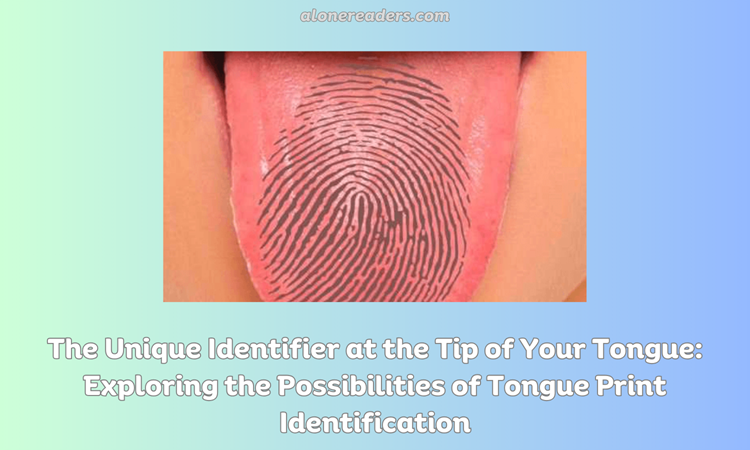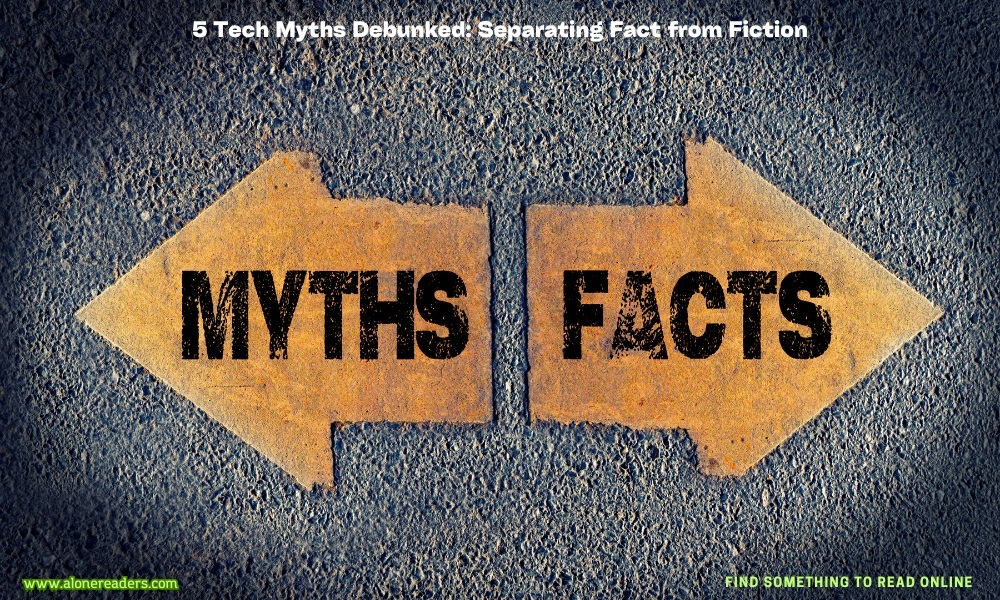Tongue Prints: The Unique Identifier at the Tip of Your Tongue
- Last updated: November 03, 2023

The Unique Identifier at the Tip of Your Tongue
In the realm of biometrics, where technology and biology intersect to authenticate identity, we often think of fingerprints, iris patterns, and facial recognition. Yet, there is an unassuming contender for personal identification that has piqued the interest of the scientific community—tongue prints. Like the whorls and ridges that distinguish one fingerprint from another, the human tongue bears its own set of unique characteristics. This article delves into the potential of tongue prints as a tool for individual identification and the implications for security and personal verification in the future.
The Science Behind Tongue Print Recognition
Every human tongue is a landscape of bumps, textures, and patterns formed by papillae and muscles. This intricacy is not just a random occurrence; it is encoded in our DNA, making each tongue print exclusive to the individual, much like a fingerprint. The potential for using tongue prints for identification lies in the fact that they are difficult to alter or replicate, making them a secure biometric marker.
Recent studies in the field of biometrics have highlighted the viability of tongue prints as a means of identification. Advanced imaging technology and algorithms can now capture and analyze the complex surface area of the tongue, including factors such as shape, texture, and even vascular patterns.
Advantages of Tongue Prints over Other Biometrics
Tongue prints offer several advantages that could make them preferable over more conventional biometric systems:
- Hygiene: Unlike fingerprints that can be lifted from surfaces, tongues are not typically exposed and are less likely to leave usable traces for potential misuse.
- Invariance: While fingerprints can be altered through scars or wear, and retinal patterns can change due to eye diseases, the tongue's characteristics are largely invariant and remain stable over time.
- Non-invasiveness: Capturing a tongue print is a non-contact and non-invasive process, which could be more easily accepted by the public.
The Technological Approach to Capturing Tongue Prints
Capturing a tongue print involves a combination of high-resolution imaging and sophisticated software. The subject must stick out their tongue, and a digital image is taken, usually with the aid of a tonguometer, a device designed to standardize the position and lighting of the tongue. After capture, the image is processed to highlight the distinguishing features of the tongue's surface and contour.
Pattern recognition algorithms then analyze these images, comparing them against a database to find a match. The challenge for developers is to create software capable of distinguishing the subtle differences in tongue patterns, especially when variations in positioning or moisture levels can affect the image quality.
Potential Applications and Challenges
The applications for tongue print identification are numerous. It could be used in high-security facilities where traditional methods are deemed insufficient. The medical field also shows promise, where patient identification is crucial. Even consumer electronics, like smartphones and laptops, could potentially employ tongue biometrics for access control.
However, there are challenges to the widespread adoption of tongue print technology:
- User Comfort: Convincing the public to adopt tongue print scanning may face resistance due to discomfort or perceived unseemliness.
- Environmental Factors: Variations in saliva production or oral health can potentially alter the tongue's appearance, complicating identification.
- Data Storage and Privacy: Like all biometric data, tongue prints must be stored securely, and their use must comply with privacy laws and ethical standards.
The Future of Tongue Print Identification
The concept of tongue print identification is still in its nascent stages, with research ongoing to refine the technology and address the challenges it faces. However, the possibilities are intriguing. With the advancement in biometric technology and a growing emphasis on security, tongue prints may soon become a standard component of identification protocols.
Conclusion
The quest for the perfect biometric identifier continues, and tongue prints offer a tantalizing glimpse into the future of personal identification. Their uniqueness, combined with the advancements in imaging and pattern recognition technologies, could herald a new era in security and authentication. As the world becomes ever more digital and the need for secure identification systems grows, we may find that the key to our identity lies not at our fingertips, but indeed at the tip of our tongue.







